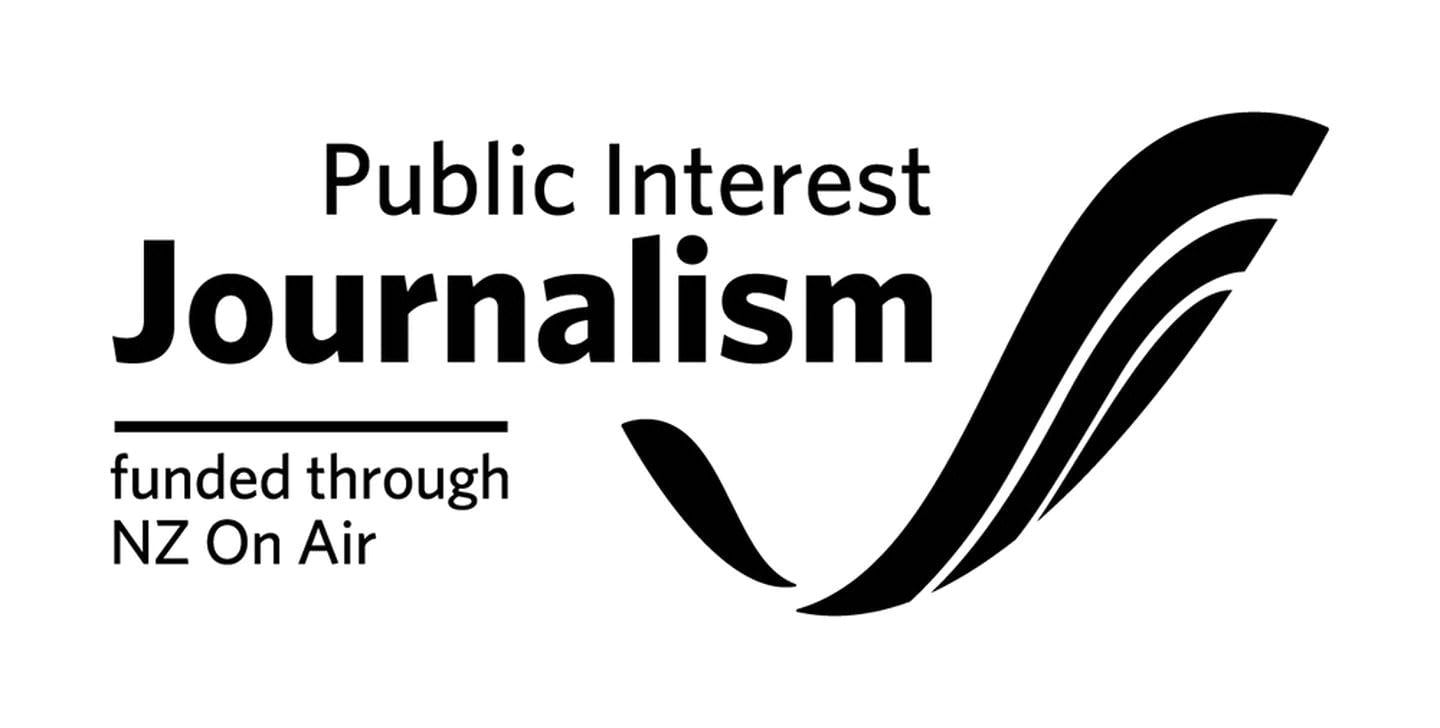Marae-run environment collective Pūniu River Care could offer a blueprint for hapū across the motu hoping to clean-up polluted water ways. / Supplied
Quinton Tunoho (Tainui/ Ngāti Takihiku) says he didn’t see anything wrong with the awa looking out the window from Rāwhitiroa marae on the banks of the Pūniu, until he had a call from the chief executive of Mangatoatoa marae, 70 km downstream.
“I’m looking out thinking, ‘Nah, the river’s all good.’ It wasn’t till I found out that where he is, it's classed as unswimmable, with some really high nitrate and phosphate levels down there, that I knew something was wrong.”
The culprits, Tunoho says, were decades of "fairly intensive" livestock farming and "some decent infrastructure along the way too" and that cleaning up the river downstream was going to be pointless, given much of the pollution was flooding in over an 83km stretch to Mangatoatoa, so they joined forces with two other maraes, Aotearoa and Whakamārama, flanking the awa, to tackle the problem.
‘We didn’t know too much about phosphorus and nitrate levels at that time but we did know what dirt was and we could see that coming off the banks, so we thought, 'let’s stabilise the banks, and plant them, and start building some fences, to help keep the livestock out', and Pūniu River Care became our waka’.
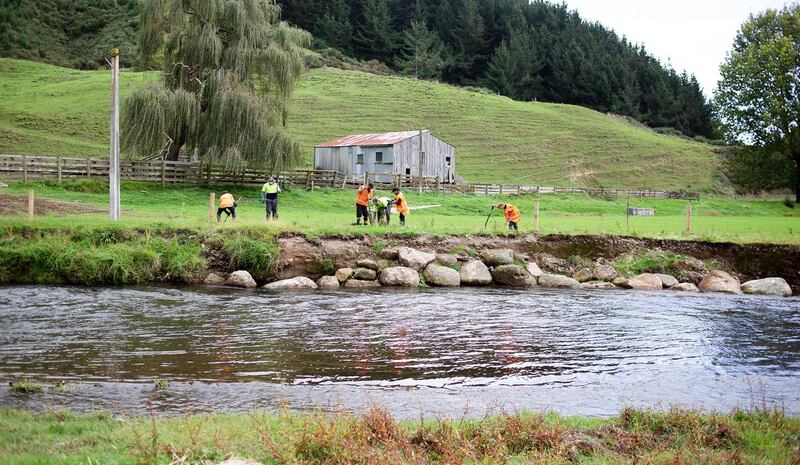
Riparian planting along the Pūniu Awa by Pūniu River Care kaimahi. Photo / Supplied
That was seven years ago and 1.5 million native trees planted, and the collective is now employing 50 local whānau at any one time, many sourced through a partnership with the Ministry of Social development, and it has even built its own nursery to nurture the trees from seedlings, right through to planting.
“When we kicked off in 2015, the goal was creating healthy water, and healthy people and we’ve grown our people in terms of educating and the understanding of the mahi,” Tunoho says.
“In cleaning our awa tupua, it’s really about restoring the mauri of the awa, and ensuring people can thrive with their mauri as well.”
As a kaitiaki of the programme Tunoho says one of the most rewarding things has been watching kaimahi grow alongside the rākau.
“We get people from very diverse backgrounds, and I suppose the heartwarming thing about that is knowing that we can provide an opportunity for these people to better themselves, provide for their whānau and grow and become probably something that they never thought they could, because they've never had the opportunity.”
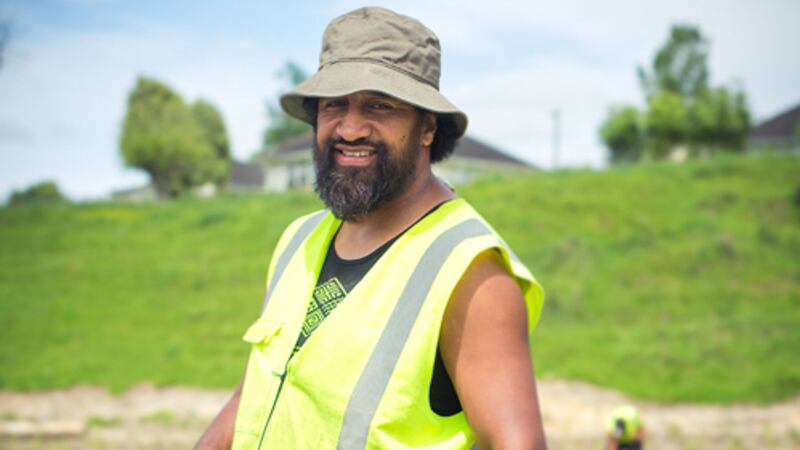
Pūniu River Care pou tiaki Quinton Tunoho says he had no idea how polluted the awa had become through generations of intensive farming and industry on the river's banks. Photo / Supplied
One of the biggest issues Tunoho says, is securing buy-in from Pākehā farmers within the 59,000-hectare catchment.
What resonates, he says is the story of the awa, and seeding a te ao Māori perspective of sustainability and inter-generational longevity.
“Initially it was really tough you know, trying to convince a farmer to retire five hectares of his land on the riverbank for about half a kilometre - that’s just a big ‘no, no’ for farmers.
“It came about, through telling the story of the ‘why’, not just for our people, but for our grandkids and their grandkids. And then, before we knew it, we had a couple of really influential farmers really backing the project and supporting us.
“They were able to advocate for us,” Tunoho says.
The collective has been pretty reliant on government funding from the likes of the Ministry for the Environment and Waikato Regional Council but a strategic review is looking into how the collective could become self-sustaining, through initiatives like selling trees on the open market.
’In our five-year strategy we need about one million trees for the catchment at the moment, and it looks like, to [pay] for those one million trees, we need to grow one million trees to sell,” Tunoho says.
“It looks like something we can do, so we’re now just getting buy-in around that."
Corporates looking to enhance their green credentials have helped out with the organisation's growth too.
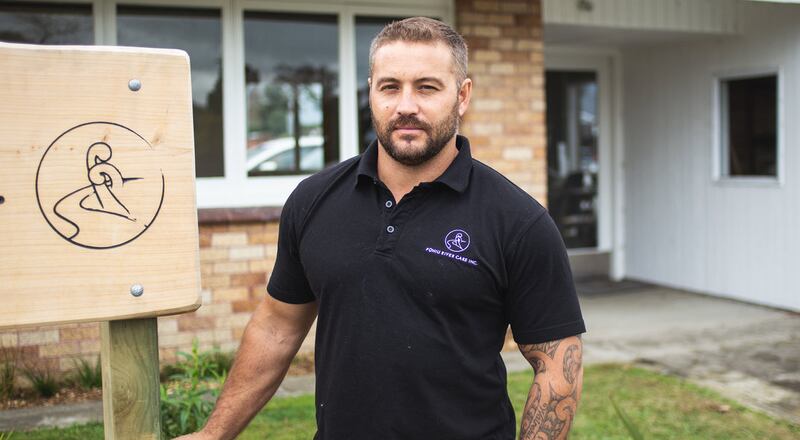
Pūniu River Care pou tāhūhū Shannon Te Huia was prompted to start the collective after elevated levels of phosphates and nitrates made the awa outside his marae unswimmable Photo / Supplied
Power supplier Mercury Energy has come onboard with water quality monitoring stations along the awa to help measure the scheme’s progress.
With its roots in mātauranga Māori, lost knowledge from tīpuna is finding its way back into the collective’s modern-day practices, Tunoho says.
“From collecting the seed at a certain time on a certain side of the tree, at a certain time of the month, right up to maintaining the whenua when the trees have been planted 18 months later.”
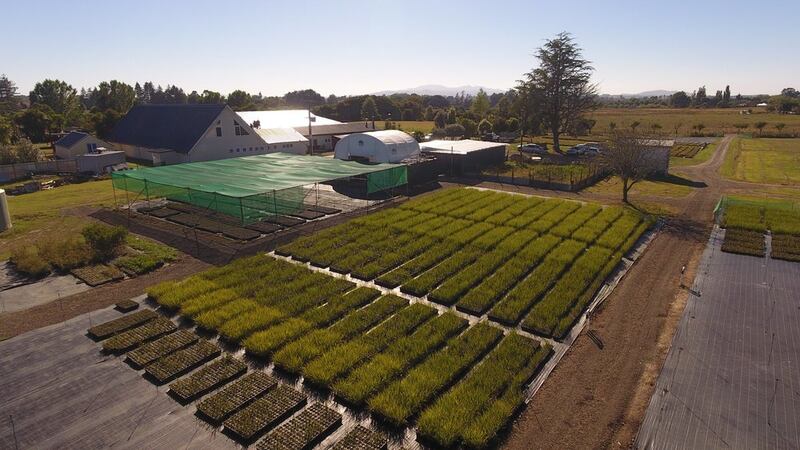
Pūniu River Care is considering selling plants from its nursery at Mangatoatoa to fund the next one million trees the collective needs to continue its restoration of the Pūniu Awa / Supplied
In recent years the group has also seen a number of employees move into jobs within the commercial field and it thinks there might even be an opportunity to bring a practical real-world te ao Māori perspective into reforestation and sustainability academic sectors though it’s being cautious.
“We actually just this year have piloted our own training programme and we’re even looking at the NZQA accreditation path because we are at that standard and there are a lot of things we thought were missing in mainstream generic programmes that are out there,” he says.
“It’s just about maintaining what’s great that we have at the moment, which is the mana and integrity of the programme.”
Tunoho says, while the new Awa quality monitoring station has only just come online, that data does look promising.
He says mātauranga also has a way of checking things out, alongside western science.
"There are the mātauranga monitors too, and we look at the fish life, and our oxygen levels in the water and all those sort of things, so we look at the health of the river through that.
"We just found, if we can see the eels come back, then, we’re doing a good thing."
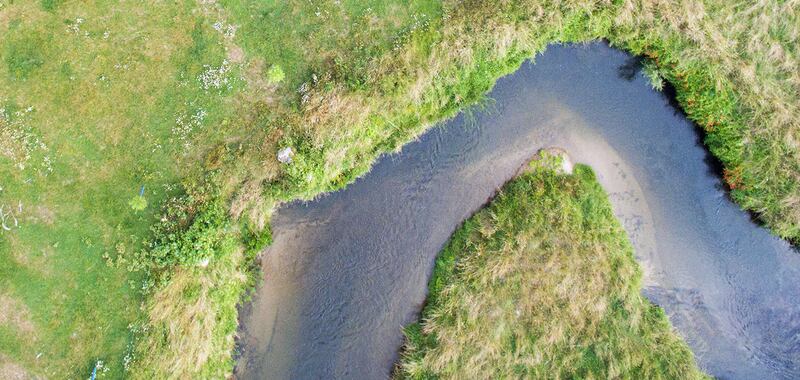
Marae-run environment collective Pūniu River Care could offer a blueprint for hapū across the motu hoping to clean-up polluted water ways according to Pou Tāhūhū Shannon Te Huia and Pou Tiaki Quinton Tunoho / Supplied

